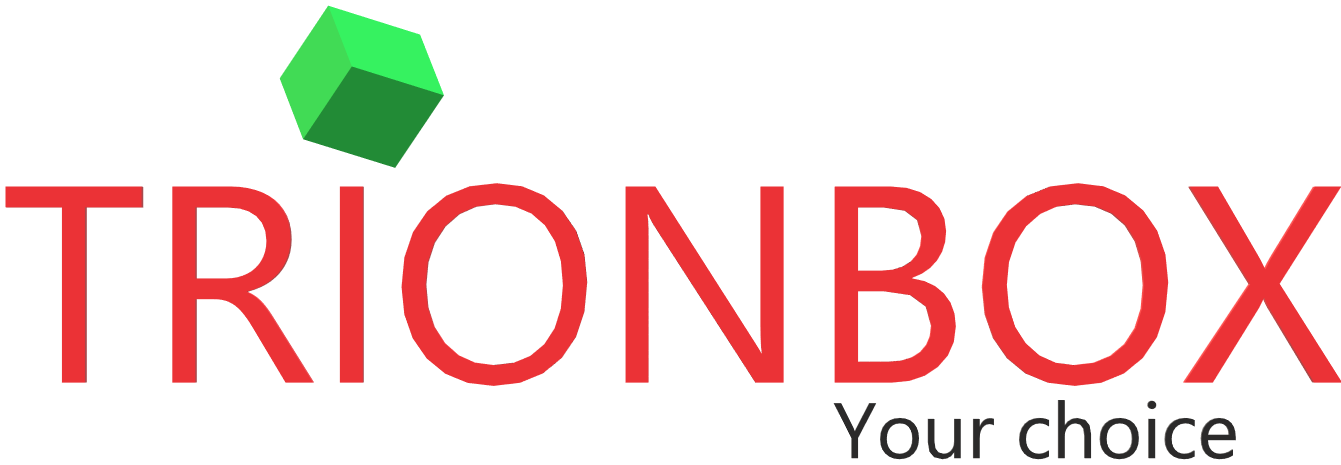Search Engine Optimization
 The semantic core is a set of keywords and phrases that define the main themes and themes of the site and is used to optimize the site for search engines. A well-structured semantic core helps search engines understand the purpose and content of a site, as well as improve its search ranking and visibility. Here is how you can create a semantic core for your SEO website:
The semantic core is a set of keywords and phrases that define the main themes and themes of the site and is used to optimize the site for search engines. A well-structured semantic core helps search engines understand the purpose and content of a site, as well as improve its search ranking and visibility. Here is how you can create a semantic core for your SEO website:
- Determine the main themes. Decide what your site is about and what topics you want to focus on.
- Keyword Research: Use tools like Serpstat, Ahrefs, Keywordsheeter, SEMrush, Seominion, Google Keyword Planner to find keywords and phrases relevant to your site’s topics.
- Group keywords into categories based on their topics.
- Create a spreadsheet. Organize keywords and categories in a spreadsheet or document.
- Analyze the competition: Analyze the competition for each keyword and adjust your strategy accordingly.
- Keyword prioritization. Prioritize keywords based on their search volume, relevance, and competition.
- Use keywords on your site: Integrate keywords into your site content, meta tags, titles, images, and other elements.
- Track and update: Monitor your site performance regularly and update the semantic core as needed to reflect changes on your site or search environment.
Achieving success in SEO requires a strong semantic core to organize your website’s structure and improve visibility to your desired audience. Having a properly structured semantic core enhances your website’s ability to attract more relevant traffic and force its search engine rankings.
Search engine optimization plan for 6 months
First month:
- Website audit.
- Competitor analysis.
- The evolution of the semantic core.
- Prepare tasks for site developers. Add filters and fill out forms.
- Technical tasks. Install analysis systems, connect Google Tag Manager, set up integration with external services, add the site to Google My Company and Yandex.
- Work through the content. Order articles, descriptions of goods or service cards.
- Work on creating a link. Make a plan to build a link profile and select sites to get mentions.
Second month:
- Check the implementation of technical audit changes. Add new tasks.
- Create a site structure. You have to analyze the main pages and think about expanding the structure.
- Breakdown of Semantics. Group requests into categories, seats and blog articles.
- Optimize fillable product cards, categories, filters and forms.
- Publishing Content. Create new pages or modify old ones.
- Creating meta tags. Create an optimized title + description, check the structure of the snippet.
- Set up location tracking.
- Connect additional channels. Create or edit existing groups in social networks, instant messengers and thematic sites. Crowd marketing.
Third month:
- Quality linking. It should be useful for people.
- Monitor the developer’s work. New plugins, site indexing, etc.
- Improve examination depth, visit time, etc. .
- Work with UGC content. Comments, reviews, answers to questions, etc. .
- Expand the number of landing pages. Add new articles, product cards, blog materials, service pages.
- Optimize fillable filters and forms.
- Connect new link building method. Guest posts.
Fourth month:
- Increase link mass.
- Follow the links. Make sure it doesn’t fall off.
- Extend semantics based on new incoming user queries.
- Increase the number of landing pages.
- Analyze internal optimization.
- Competitor analysis. What has been done or changed.
- Connect with the outreach method.
Fifth and sixth months:
- Increase the intensity of link building.
- Extend the semantics.
- Increase the number of landing pages.
- Add blog posts. Surveys, comparison of services and goods.
- Analyze the technical condition. Monitor site loading speed.
- Analyze competitors.
- Monitor the outflow of links.
…………………………………………………………………………………………….
